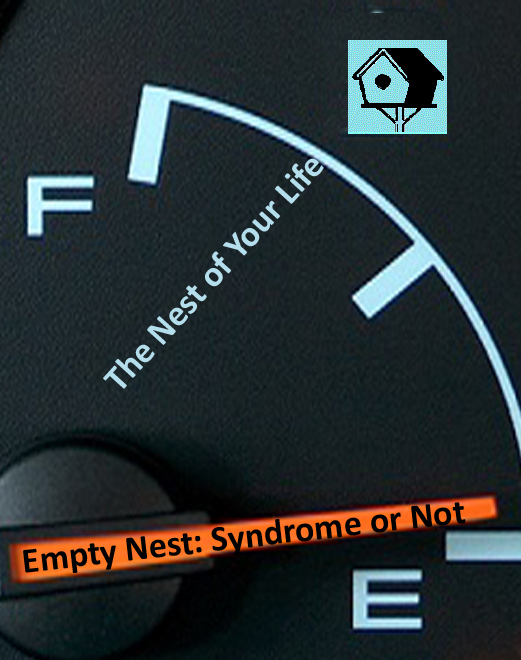
What is Empty Nest Syndrome
The term, Empty Nesting, derived from the analogy of a bird having the strength and maturity to leave the mother's nest, came into prominent use at the same time as when the children of Baby Boomers started to leave home. The notion or the term Empty Nest Syndrome was popularized in the 1970's and has created an industry onto itself with books, TV programs, and websites delivering all possible suggestions, solutions or definitions of what is Empty Nest Syndrome.
A syndrome is defined as a pattern of disorder behavior; in this case leading to a time of depression and self-doubt in family life. However, bodies of research suggest the phenomenon is misunderstood.[6] They show that what happens when children leave home cannot be generalized and pigeon-holed. The situations are all specific to the individual family; the commonality is that Empty Nest Syndrome affects all baby-boomer families.
More than seven baby boomers will turn fifty every minute from now until 2014. In the year 2000 it was estimated that over 30% of baby boomers were about to become empty nesters.[1] Although, the actual numbers by year 2005 almost were at 45% of all baby boomers became empty nesters. At the beginning of the new Empty Nest Syndrome initially associated only with the mother has since come to include the father, and it also has come to include widowers, divorcees, and people over 50 in stressful or life altering situations.
The disillusionment that deconstructs one's life when adult children leave home is called Empty Nest Syndrome. This term has come to represent a crossroad or a transition in lives of couples or single parents, when their adult children leave home for college, marriage or simply, to live on their own. Throughout the years since it was coined, this term has been used to describe a parent's state of mind be it for depression, sadness or anger. It has also been associated with couples that are divorcing, become alcoholic or in some cases commit suicide. It stems from years before the adult children leave home and takes time do build up.
Couples whose lives revolve around the children and not their relationship become the early victims of Empty Nest Syndrome. The children enwrap the parent's lives leaving little time for them to have a personal relationship and intimacy. The parents stay together all the while growing apart having less and less in common. The children grow older and slowly detach themselves from the parents, in most cases the mother, and the void grows between the parents till it is evident that it cannot go on. When the children leave home the interaction is almost non-existent and staying together becomes unbearable leading to obvious conflicts. This phenomenon is certainly not the case in every household and does not affect every family in the same way.
The word syndrome is used instead of phenomenon or effect to describe the signs of Empty Nest. Syndrome can be used to describe one characteristic feature, multiple features or in some cases, the characteristic feature is not known. Also, in some cases the term continues to be used even if the relative cause has been found. Such can be debated in the case for Empty Nest Syndrome.


